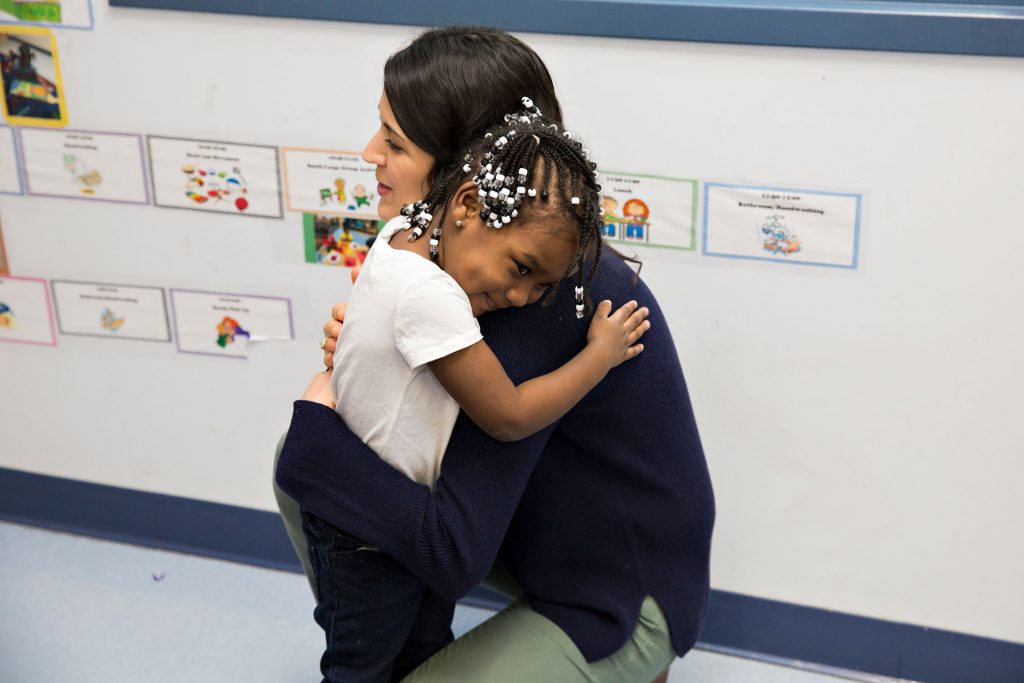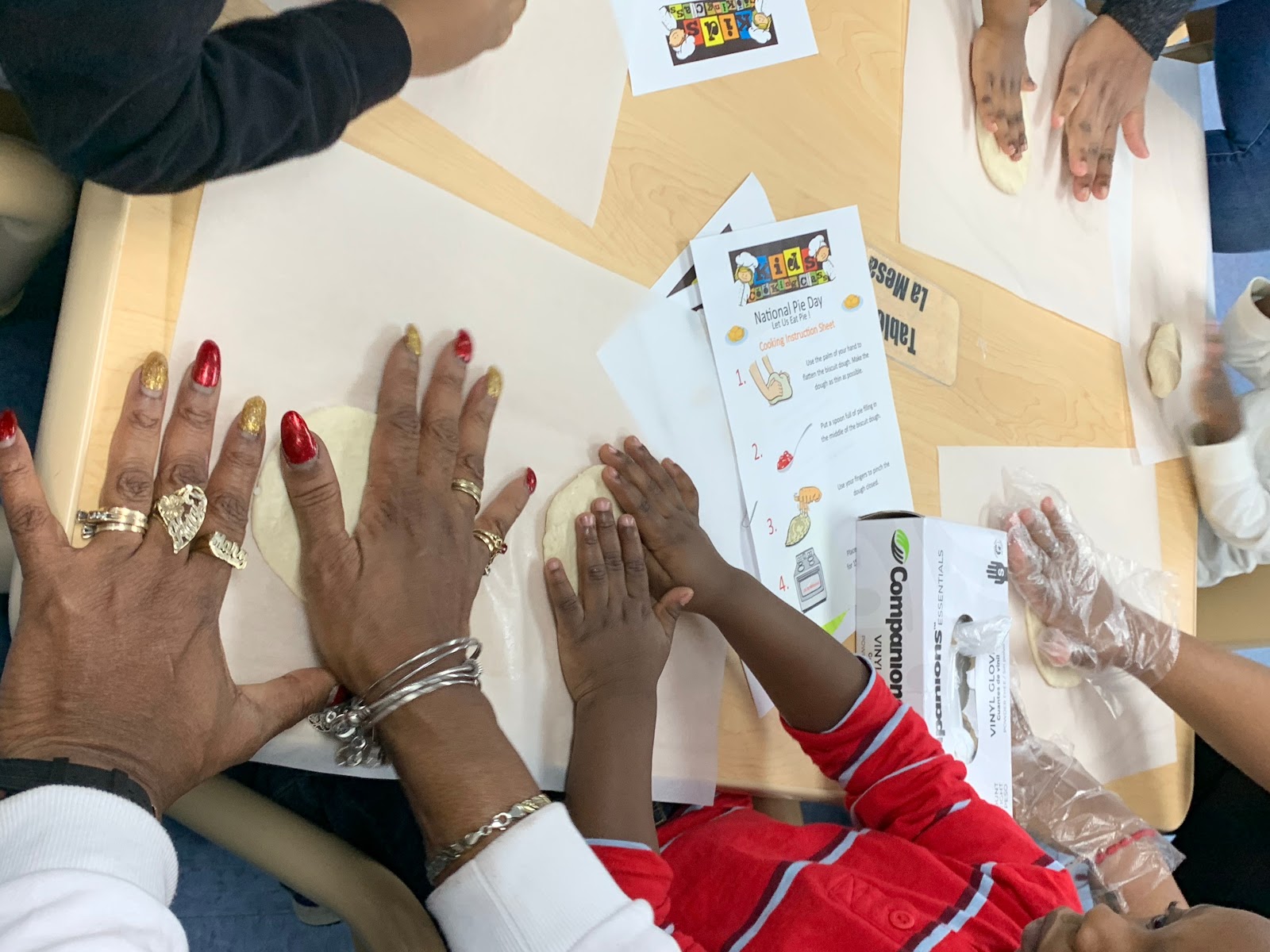Over two months into the shut down, we hear from educators in New York City that fewer and fewer young children are showing up for remote learning. That makes sense from a child development perspective. Young children learn in relationships, through interactions with the loving people who care for their individual needs. While video conferencing was initially a lifeline for maintaining community, and while educators made heroic efforts to do it well, it makes sense that after such a long time, children would demand to live in the present.
Children’s need for consistent in-person relationships with their caregivers is integral to a trauma-informed plan for reopening childcare centers and schools. Continuity of care and primary caregiving are evidence-based structures used in high-quality infant-toddler settings. Continuity of care means that a caregiving team and group of children stay together over a long period of time – often two or three years. Within the grouping, each family has one “primary caregiver” who forms an especially strong, trusting relationship with the child and family. These types of long-term trusting relationships are especially beneficial for children who have experienced trauma.
The NY Strengthening Infant/Toddler Policies and Practices Workgroup, in partnership with the NYS Early Care and Learning Council, published an updated Primary Caregiving and Continuity of Care Toolkit in 2019. The toolkit explains that the continuity of care model is based “on attachment research that recognizes that infants and toddlers thrive in secure relationships with a small number of key adults, that secure relationships take time to develop, and that these important relationships are best if long-lasting.”
While the toolkit is designed for infant/ toddler settings, preschool and early elementary programs considering how best to safely welcome children who have experienced trauma may consider the model. Health experts suggest that when programs reopen, there should be smaller group sizes and consistent groupings, with siblings of multiple ages placed in a group together. Re-entering school with siblings can provide a basic, grounding form of continuity. Family childcare is uniquely poised to provide care for groups of siblings and can maintain smaller group sizes. Head Start provides center-based programs guidance on how to use mixed-age groupings to support continuity of care. Elementary schools may consider having teachers ‘loop’ with their classes, so children enter the new school year with the same teacher and peers that they had when school shut down in March.
Early childhood leaders planning for reopening must balance the financial needs of their programs, the childcare needs of families, the employment needs of their staff and the emotional and educational needs of children. Of all these competing priorities, our profession guides us to let the emotional needs of children be first.
How do you plan to address children’s need for continuity as programs reopen? Please share in the comments section below.
Helen Frazier is the Institute’s Director of Early Childhood.



